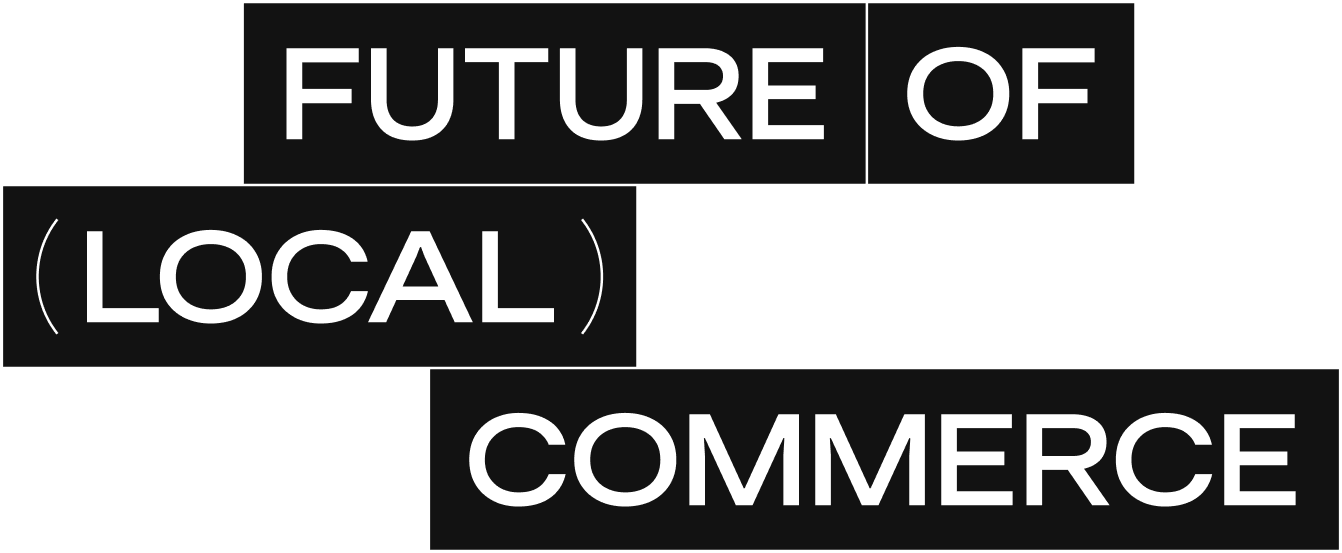Retail leaders’ jobs aren’t getting easier, but technology is making their paths a little clearer. Our annual survey found that this is fuelling optimism and creating new opportunities after a few tough years. While consumers told us that they tightened their wallets over the last year, they were clear that the smart use of tech could encourage them to spend again in 2025, whether through personalized recommendations or improved online-to-in-store experiences.
The Square 2025 Future of Retail report sheds light on the new approaches retail leaders are taking and on what your customers want to see next. It’s also filled with in-depth insights and actionable strategies on how to grow your business and keep customers happy.
Inside the Future of Retail report you’ll find:
- How the industry is leaning into in-store experiences while still catering to online shoppers
- Retailers’ experiences on how personalization and loyalty programs are driving repeat business
- The one communication method consumers said they prefer over all others
- How advanced technology continues to shape the way retail businesses operate
![]()









